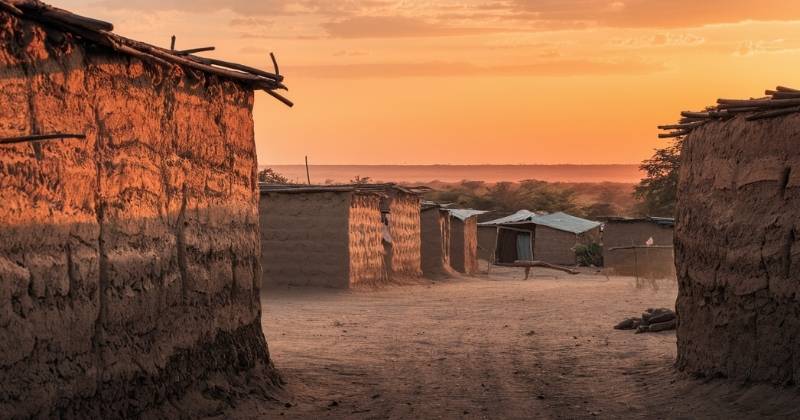
There is sufficient wealth and resources globally to ensure a decent quality of life for every individual. However, many people in countries like Burundi, South Sudan, and the Central African Republic continue to endure extreme poverty. Africa remains the most economically disadvantaged continent, facing a significant divide compared to other regions. Several factors contribute to this persistent poverty, including economic instability, political turmoil, corruption, ongoing conflicts, and the threat of terrorism, which have left millions of Africans in dire circumstances.
Key Takeaways
- Economic Instability: Many African nations are among the world’s poorest due to political turmoil, corruption, and ongoing conflicts.
- Vulnerability to Climate Disasters: Countries such as Madagascar and Mozambique are highly susceptible to climate hazards, which further exacerbate their struggling economies.
- Resource Wealth Mismanagement: Nations like Chad and South Sudan are rich in resources but suffer from poor governance, often prioritising military spending over development, which perpetuates poverty.
About Arcadia Finance
Effortless Loans with Arcadia Finance – Choose from 19 Reliable Lenders, Enjoy Zero Application Fees, and Rest Easy Knowing We’re Fully Compliant with South Africa’s Credit Regulations.
The Global Impact of Poverty
Identifying a single cause of long-term poverty is challenging. Corrupt leadership can transform a wealthy nation into a poor one, just as a history of exploitative colonisation, weak legal frameworks, conflict, harsh climates, or hostile neighbours can. These challenges often interact: a nation burdened by debt may struggle to provide quality education, and an undereducated workforce limits future opportunities.
Households in disadvantaged regions around the world faced the most severe social and economic consequences of the coronavirus pandemic. In many of the world’s poorest countries, where informal employment is prevalent, there were no safety nets or short-term financial support to sustain businesses or keep workers employed. The World Bank estimates that students in lower-income countries could see their future earnings decrease by as much as 10%.
The disparity is striking; in the 10 wealthiest nations, the average annual per capita purchasing power exceeds R1 915 000 ($110 000), while in the 10 poorest nations, it falls below R27 000 ($1 500). The troubling reality is that poverty often perpetuates itself. In the latest World Economic Outlook report, the International Monetary Fund (IMF) highlights how poorer countries risk sinking deeper into poverty: “Declining growth prospects suggest worsening living standards and a slowdown in global poverty reduction. Prolonged low growth, combined with high interest rates, could threaten debt sustainability, provoke social unrest, and hinder progress toward environmental goals. Additionally, expectations of lower growth could deter investments in capital and technology, potentially leading to a self-fulfilling cycle.”
Beyond institutional reforms, personal initiative can also play a role in alleviating poverty. Here are several ways to make extra money, offering practical steps that can be adapted to various local contexts.
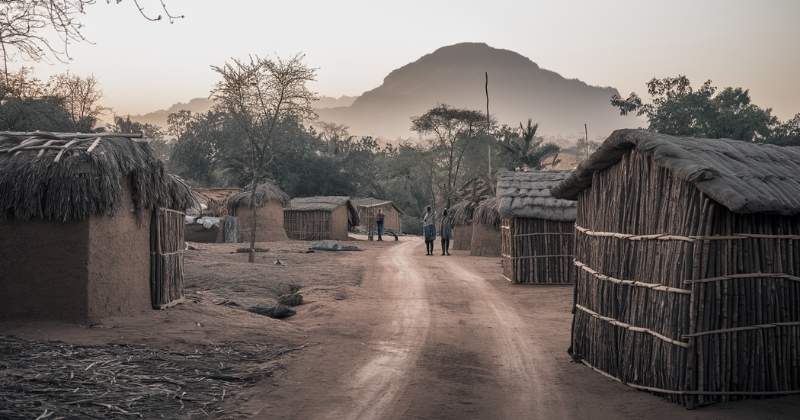
GDP vs GNI
When assessing a nation’s wealth, two important metrics are often considered: Gross Domestic Product (GDP) per capita and Gross National Income (GNI) per capita. GDP per capita indicates the average value of goods and services produced within a country’s borders, calculated by dividing the total GDP by the population. In contrast, GNI per capita includes income generated from foreign sources, such as investments and business activities abroad. Both GDP and GNI can be expressed in South African Rands (R) or Purchasing Power Parity (PPP) ‘international dollars’ (int. Dollar), facilitating comparisons between countries. These measurements are vital indicators of a nation’s economic strength or poverty.
10 Poorest Countries In Africa 2024
Identifying a single reason for persistent poverty is complex. Mismanagement by corrupt leaders can transform even a wealthy nation into an impoverished one. Contributing factors may include a legacy of exploitative colonisation, fragile legal systems, conflict, social instability, extreme weather patterns, or hostile neighbours. These issues often escalate: a nation burdened by debt struggles to invest in quality education, while a lack of proper schooling further restricts the potential of its workforce.
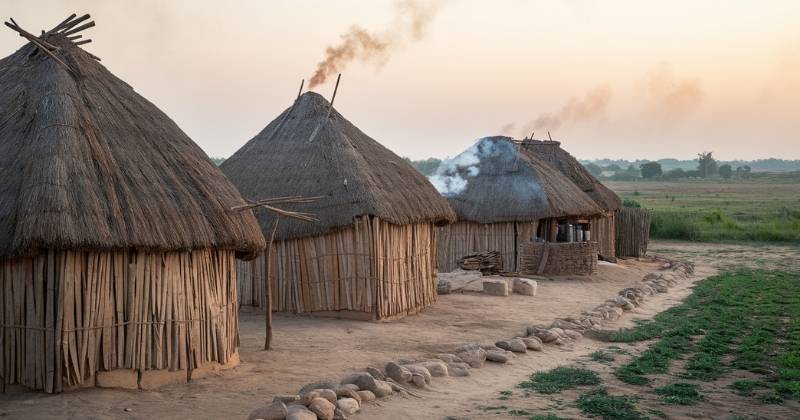
South Sudan
One of the most impoverished nations globally, South Sudan has faced relentless conflict since gaining independence in 2011. Despite having significant oil reserves, the country’s wealth has resulted in political and social strife, inequality, corruption, and violence, commonly referred to as the “resource curse.” Most of the population relies on traditional farming, but conflict and severe climate conditions frequently hinder agricultural activities. This year, approximately 9 million people, representing over 60% of the population, are expected to require humanitarian aid.
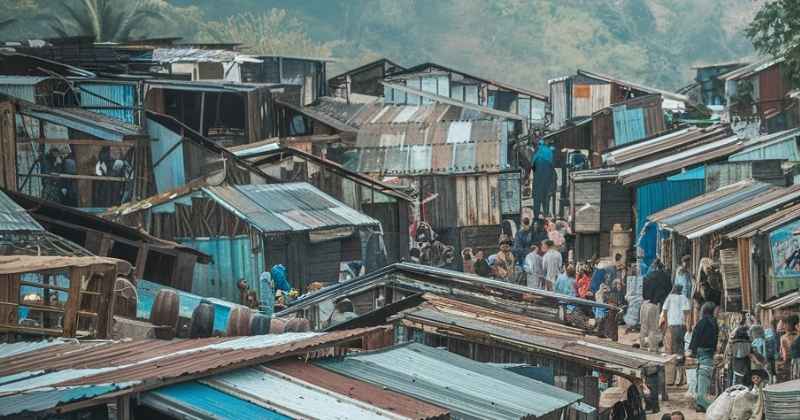
Burundi
Burundi, a small, resource-poor, landlocked nation, continues to suffer from the long-term effects of a civil war that lasted from 1993 to 2005, contributing to its status as the second-poorest country in the world. Around 80% of Burundi’s 13 million citizens depend on subsistence farming, with food insecurity nearly double the sub-Saharan African average. Access to basic necessities like water and sanitation remains extremely limited, and fewer than 5% of the population has access to electricity. President Evariste Ndayishimiye has sought to boost the economy and rebuild international relations, leading to the United States and European Union lifting financial sanctions in 2022. While economic growth is on the rise, inflation is expected to reach around 22% this year.
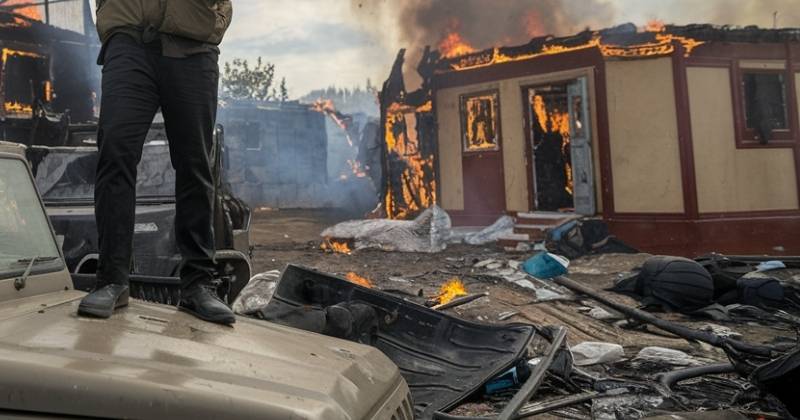
Central African Republic
Despite being rich in gold, oil, uranium, and diamonds, the Central African Republic is home to some of the world’s poorest people and has ranked among the poorest nations for much of the last decade. In 2016, for the first time since gaining independence from France in 1960, the nation held democratic elections, resulting in the presidency of former mathematics professor and prime minister Faustin Archange Touadéra. He ran on a platform of peace and unity, aiming to reduce tensions between the Christian majority and the Muslim minority.
However, despite his election marking a step toward rebuilding the country, vast areas remain under the control of anti-government and militia groups. Despite ongoing challenges, recent years have seen slight economic improvement, mainly due to the timber industry, agricultural revival, and the partial return of diamond sales.
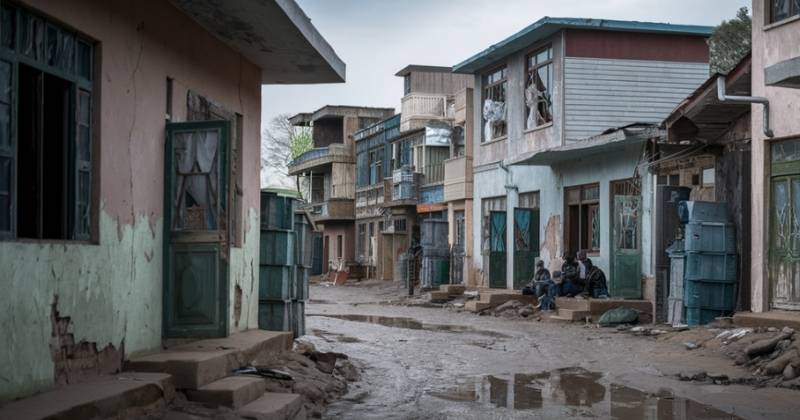
Democratic Republic of the Congo
Since gaining independence from Belgium in 1960, the Democratic Republic of the Congo has endured years of dictatorship, political unrest, and ongoing violence, consistently ranking among the world’s poorest countries. Approximately 65% of the population, which numbers around 100 million, lives on less than R40 ($2.15) a day. Despite this, the World Bank believes the DRC has the potential to become one of Africa’s wealthiest nations and a key driver of continental growth. The DRC is already the largest global producer of cobalt and Africa’s main source of copper, both essential for electric vehicle production.
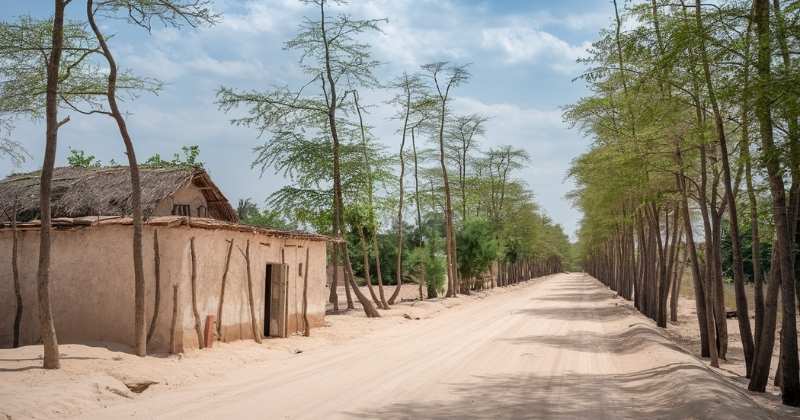
Niger
With most of its landlocked territory dominated by the Sahara Desert and a rapidly increasing population reliant on small-scale farming, Niger faces severe challenges from desertification. The country experiences high levels of food insecurity, along with widespread disease and elevated mortality rates. Ongoing clashes between the army and Boko Haram, a group linked to ISIS, have forced thousands from their homes.
In 2021, Niger inaugurated Mohamed Bazoum, a former teacher and interior minister, marking its first-ever democratic power transition. The economy grew by 12% in 2022, offering hope for improvement. However, Bazoum was overthrown and jailed in 2023 by his presidential guard. Since then, the country has been under the control of a military junta.
To better understand the context of poverty, compare Africa’s economic challenges with the world’s poorest countries.
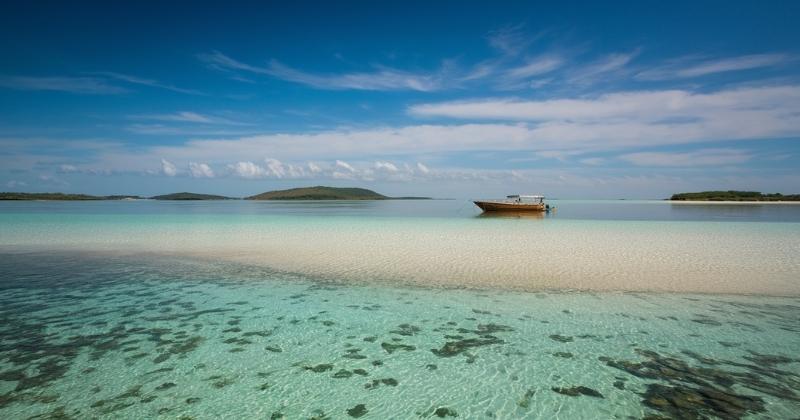
Mozambique
This resource-rich nation, formerly a Portuguese colony, has seen an average GDP growth of more than 7% over the past decade. However, it remains one of the world’s poorest countries, burdened by harsh climate conditions and political unrest. The situation has worsened since 2017, as the gas-rich northern region has faced attacks from Islamic insurgent groups. Despite this, the IMF projects strong economic performance, with growth expected to reach around 5% in 2024 and 2025, and possibly reach double digits later in the decade.
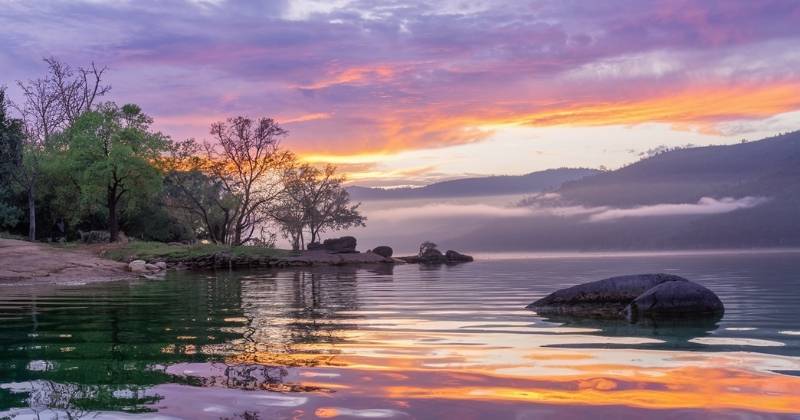
Malawi
Malawi, one of Africa’s smaller nations, relies heavily on agriculture, particularly on rain-fed crops, making it vulnerable to weather-related disruptions. Rural areas experience significant food insecurity. Since gaining independence from Britain in 1964, Malawi has maintained political stability. However, in 2020, the constitutional court overturned the election victory of then-president Peter Mutharika due to allegations of vote tampering. Lazarus Chakwera, a theologian and politician, was sworn in as president, promising leadership that benefits all citizens, but meaningful reforms have been slow. Currently, Malawi faces an economic crisis marked by fuel shortages, rising food prices, and a sharp currency devaluation. By 2023, the World Bank reported that over 70% of the population lived below the international poverty line.
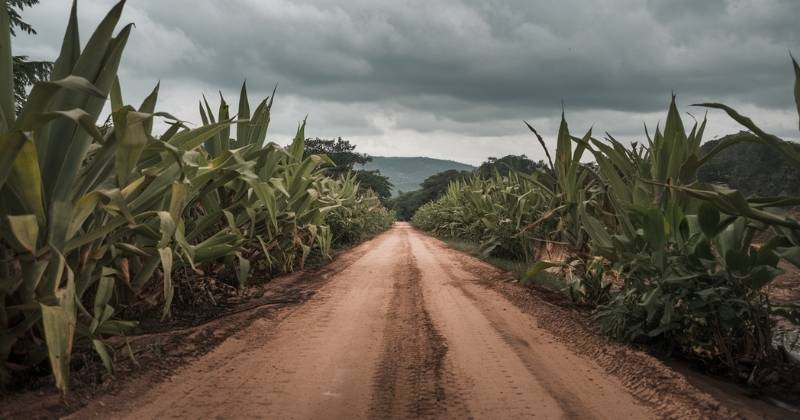
Liberia
Liberia, the oldest republic in Africa, has consistently ranked among the world’s poorest countries. Hopes were high when former football star George Weah took office as president in 2018. However, his tenure has been characterised by high inflation, widespread unemployment, and declining economic growth. In 2023, opposition leader and former vice-president Joseph Boakai won the elections, defeating Weah. Boakai’s term may face fewer obstacles, as the economy, which contracted in 2020 and 2021, began recovering in 2022. Growth is projected to reach 5.3% in 2024 and is expected to remain above 6% in the following years.
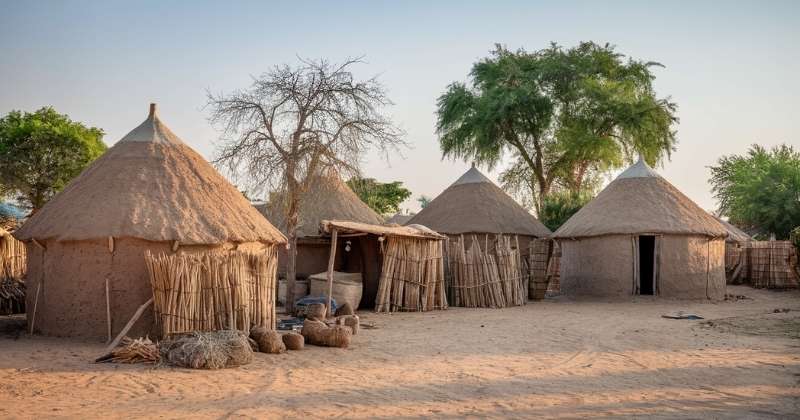
Chad
Despite its vast oil reserves, Chad continues to suffer from widespread poverty, ranking as the ninth poorest country in the world. Following the death of long-time leader Idriss Déby in 2021, his son, Mahamat Idriss, took control through a military council. The suspension of the constitution, the dissolution of the government and parliament, and ongoing military backing have extended the nation’s authoritarian rule. Poor economic management and a focus on military spending rather than development have hindered Chad’s potential, illustrating the gap between its natural wealth and economic challenges—an issue common to many African nations.
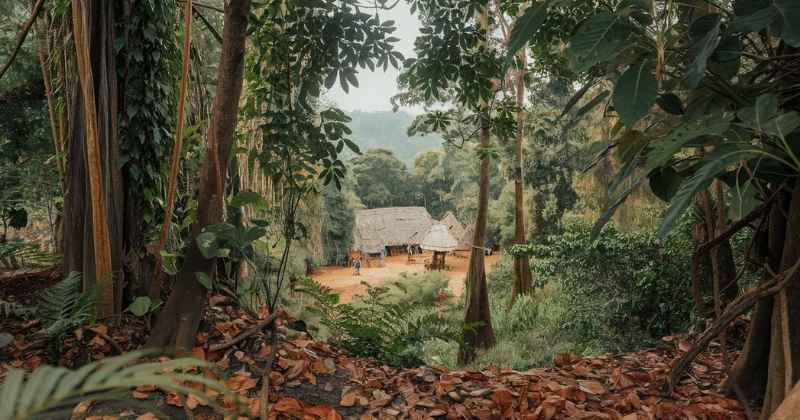
Madagascar
Since gaining independence from France in 1960, Madagascar has faced repeated political turmoil, including coups and disputed elections. Andry Rajoelina, elected in 2019, promised to fight corruption, reduce poverty, and boost the economy. However, these promises largely remain unmet, as Madagascar continues to have one of the world’s highest poverty rates at around 75%, along with slow economic growth and inflation nearing 8%. Despite these issues, Rajoelina was re-elected in December 2023.
The country has also confronted a series of extraordinary challenges. The COVID-19 pandemic brought severe economic and social impacts, while the 2022 disruption of Ukrainian grain exports following the Russian invasion led to a sharp rise in food prices, worsening the situation for many. Madagascar is also among the most vulnerable nations to climate-related disasters, frequently experiencing droughts, floods, and cyclones that result in fatalities, displacement, and damage to homes, infrastructure, and agriculture.
Conclusion
Africa’s poorest nations grapple with numerous challenges, including political instability, corruption, climate-related disasters, and economic mismanagement. Despite having abundant natural resources, many of these countries struggle to meet the basic needs of their populations, leading to widespread poverty. The cycle of conflict, inadequate governance, and susceptibility to external shocks—such as pandemics and disruptions in food supply—further exacerbates these hardships. While some regions exhibit signs of economic progress, the journey toward sustainable development and poverty reduction remains lengthy and filled with obstacles for much of the continent.
Frequently Asked Questions
The poorest countries in Africa include Burundi, South Sudan, and the Central African Republic. These nations encounter severe economic challenges due to factors such as political instability, conflict, corruption, and inadequate infrastructure.
Many African nations rich in natural resources, like Chad and South Sudan, struggle with poverty primarily due to poor governance, mismanagement of wealth, and a focus on military spending over development. This situation is commonly referred to as the “resource curse.”
Climate change exacerbates poverty in Africa by increasing the frequency of extreme weather events, such as droughts and floods. Countries like Madagascar and Mozambique are particularly vulnerable, with climate-related disasters displacing communities and damaging crops and infrastructure.
The COVID-19 pandemic significantly impacted Africa’s poorest nations, resulting in economic slowdowns, income loss for informal workers, and heightened food insecurity. The absence of robust healthcare systems and social safety nets intensified the crisis.
Despite the considerable challenges, some African countries are beginning to show signs of economic recovery and growth. For instance, Mozambique and the Democratic Republic of the Congo have experienced recent improvements in their economic performance, and efforts to stabilise governance could further facilitate development.
Fast, uncomplicated, and trustworthy loan comparisons
At Arcadia Finance, you can compare loan offers from multiple lenders with no obligation and free of charge. Get a clear overview of your options and choose the best deal for you.
Fill out our form today to easily compare interest rates from 19 banks and find the right loan for you.


